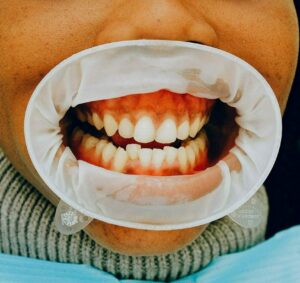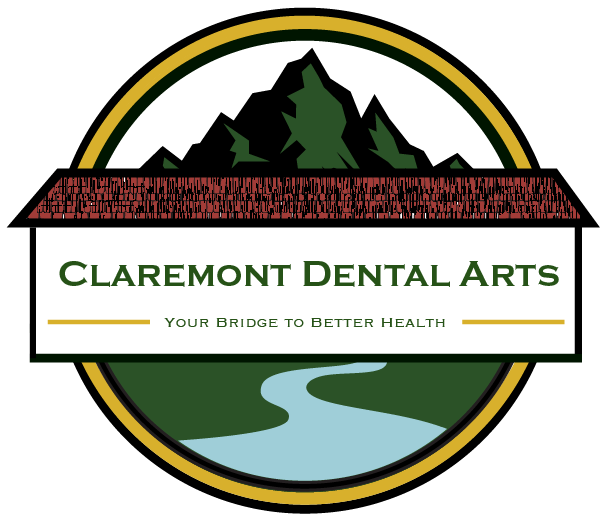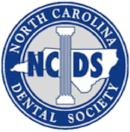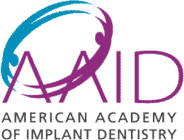
February is Gum Disease Awareness Month, and as part of the global effort to help prevent gum disease, we’d like to address it here. Specifically, the causes and prevention of gum disease and what you can do to help keep your own gums clean and healthy to avoid bad breath to tooth loss. A real issue; nearly half of all adults in the United States show some signs of gum disease. It can have serious consequences, and preventing gum disease should be a goal for each of us. With all that said, let’s take a look at the causes and prevention of gum disease.
Also called periodontal disease, gum disease is the result of rampant bacterial growth in the mouth, particularly below the gumline. Even the cleanest mouth is full of bacteria, and while normally they’re relatively harmless too many bacteria in the mouth can cause problems like tooth decay and gum disease. In the case of gum disease, thriving bacteria colonies collect other debris in the mouth and form a sticky substance called dental plaque, or just plaque for short. Plaque is normally removed by regular and effective brushing and flossing (along with dental cleanings), but if neglected plaque can build up and eventually form a hard white substance called tartar or dental calculus. Tartar is difficult to remove via brushing, requiring professional dental cleaning. As plaque or tartar build-up along the gum line, they can lead to an infection of the gums. This is the root cause of gum disease.
While the symptoms of gum disease may vary a bit from person to person, there are a few common ones we should all be aware of. If you notice any of these symptoms in yourself or your child, it may be a sign of gum disease:
- Persistent bad breath/halitosis
- Red, swollen, or otherwise discolored gums
- Tender, painful, or bleeding gums
- Pain while chewing
- Loose or shifting teeth
- Sensitive teeth, particularly while eating hot or cold foods
- Receding gums or teeth appear longer
These symptoms are indicative of the dangers of gum disease for dental health. By causing receding gums or weakening the gums, periodontal disease can lead to loose or shifting teeth or even tooth loss. In extreme cases, gum disease can cause damage to the bones of the jaw or a broader blood infection.
So how can we prevent gum disease? As with so many oral health issues, the first line of defense involves regular and effective brushing and flossing. By brushing and flossing properly, we remove the debris, particles, and some of the bacteria that build up and form plaque and later tartar. We also prevent bacteria growth by removing the food particles that bacteria feed on. Combined with a healthy diet low in sugars and starches, this goes a long way toward preventing gum disease.
Another vital component in preventing gum diseases/periodontal disease is regular exams and cleanings by your dentist or dental hygienist. Regular exams and cleanings help in a number of ways: any plaque or tartar is removed professionally, the teeth and gums are given a deep cleaning and inspection, and your dentist can check for any potential problems (including gum disease) and suggest preventive or corrective courses of action. So as part of Gum Disease Awareness Month, we all need to educate ourselves on the facts about gum disease and then take steps to prevent it. If it’s time for an exam and cleaning, please get in touch today and we’ll make an appointment so that we can help you along the path to better dental health.




